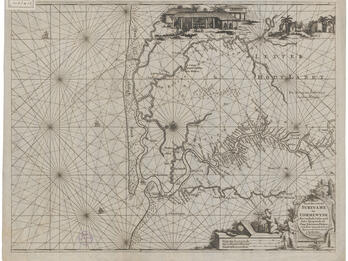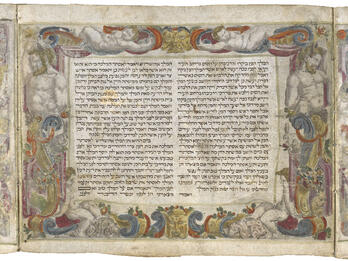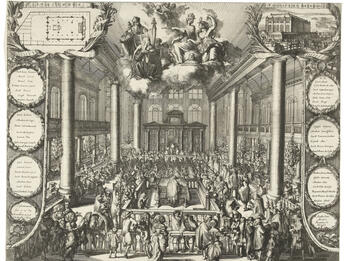The Tedeschi (German) Congregation of Venice
Following a short-lived presence in Venice at the end of the fourteenth century, Jews began to settle in the city in the early sixteenth century. Despite much opposition, in 1516 a compromise was reached allowing Jews to live on the Ghetto Nuovo, an island that had previously housed a foundry and was separated from the rest of the city, its gates locked at night. The Venetian authorities referred to the native Jews as Tedeschi, meaning “Germans,” because many were of German origin, although their families had lived in Italy for generations. These Jews engaged in moneylending and sold secondhand clothes, household items, and rags. In 1528, the German Jews built their first synagogue, the Scuola Grande, a small structure, decorated modestly given the community’s financial constraints. It has been restored many times over the centuries. In 1531, the community constructed another synagogue, the Scuola Canton. In addition to the German Jews, Sephardic and Italian Jewish communities also existed in Venice. The three communities remained independent, and the German Jews occupied the middle rank in the hierarchy among them.
Entries in the Posen Library by This Creator
Primary Source
Bylaws
- All members must pray…




